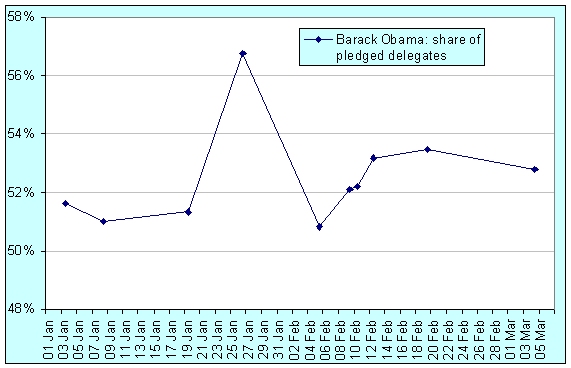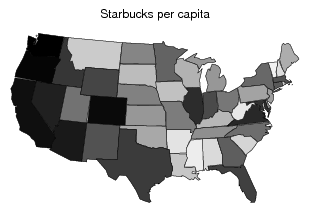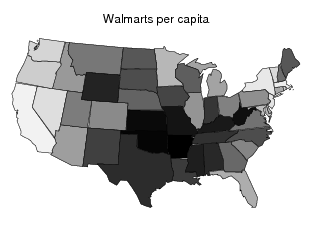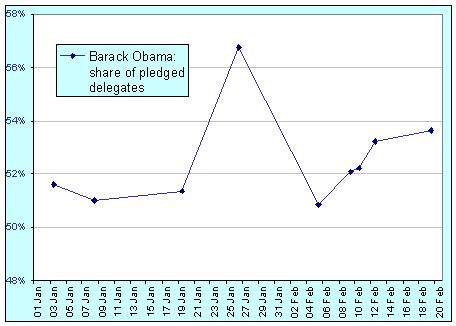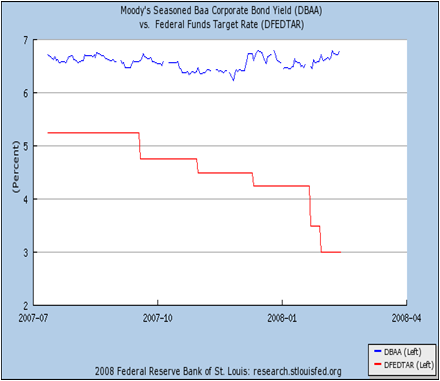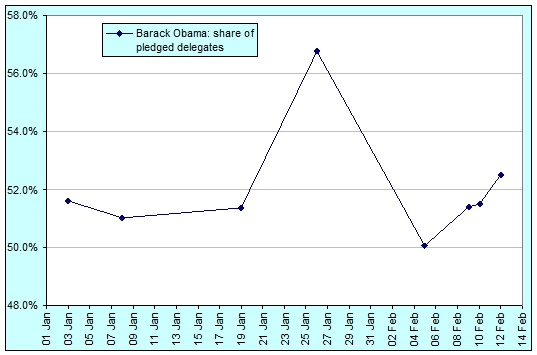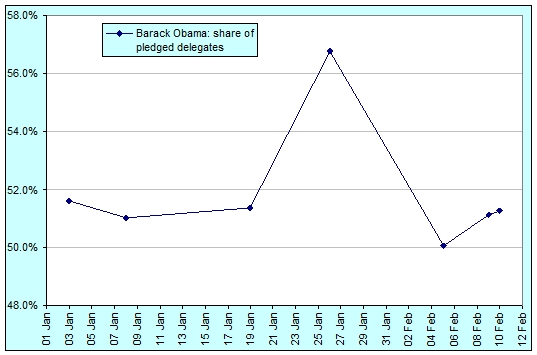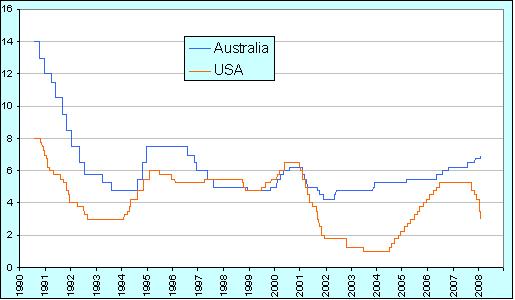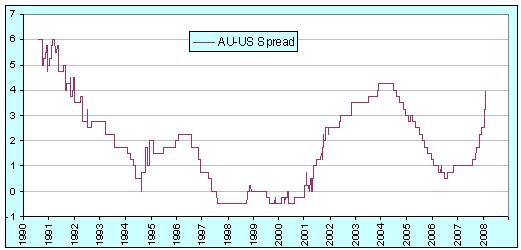The girl’s got spunk. Back on the 20th of Feb, I predicted that while Hillary Clinton would win the popular vote in Ohio and Texas, she would barely win in the pledged delegates from those states. On that basis, I further predicted that Clinton would be written off by the 10th of March, even if she hadn’t conceded yet.
As evidence that you should always quit while you’re ahead, I was right on the first prediction, pretty-much-right on the second and, it would seem, not even close to being right on the third. Clinton won the popular vote in both states (1.46 million vs. 1.36 in Texas, 1.21 vs. 0.98 in Ohio). In the pledged-delegate counts, Clinton currently leads 92-91 in Texas (10 still too close to call) and 74-65 in Ohio (2 still too close to call). My prediction was bang on the money in Texas, but arguably a bit wide of the mark in Ohio. But when it comes to considering the on-going Clinton campaign, nobody is talking about Howard Dean tapping Clinton on the shoulder for a quiet chat now; all talk is about Pennsylvania in six weeks’ time.
That is a remarkable story and not because of the 3am telephone call or Obama’s views on NAFTA (although those certainly helped Clinton), but because of the successful lowering of expectations that the Clinton campaign managed to bring about. Immediately after Wisconsin and Hawaii, all talk was that Clinton needed to win, and win big, in both Texas and Ohio in order to go on. A week ago the talk was that she could justify going on if she won with a wide margin in at least one of them. In the day or two before, the word was that she would push on if she at least one the popular vote in one of the two. That lowering of expectations meant that when she won both popular votes by a solid margin and both delegate counts (albeit by small margins), it looks like a blow-out for her and gives the impression of renewed momentum.
My original observation, that Barack Obama has been in front since day one, still holds true. Using the data at Real Clear Politics, the running totals for pledged delegates have been:
| Date | Barack Obama: running total | Barack Obama: share of pledged delegates | Hillary Clinton: running total |
| 3 Jan (IA) | 16 | 51.6% | 15 |
| 8 Jan (NH) | 25 | 51.0% | 24 |
| 19 Jan (NV) | 38 | 51.4% | 36 |
| 26 Jan (SC) | 63 | 56.8% | 48 |
| 5 Feb (Super Tuesday) | 906 | 50.8% | 876 |
| 9 Feb (LA, NE, WA, Virgin Is.) | 1012 | 52.1% | 931 |
| 10 Feb (ME) | 1027 | 52.2% | 940 |
| 12 Feb (DC, MD, VA, Dem.s Abroad) | 1137 | 53.2% | 1001 |
| 19 Feb (HI, WI) | 1193 | 53.5% | 1038 |
| 04 Mar (OH, RI, TX, VT) | 1366 | 52.8% | 1222 |
